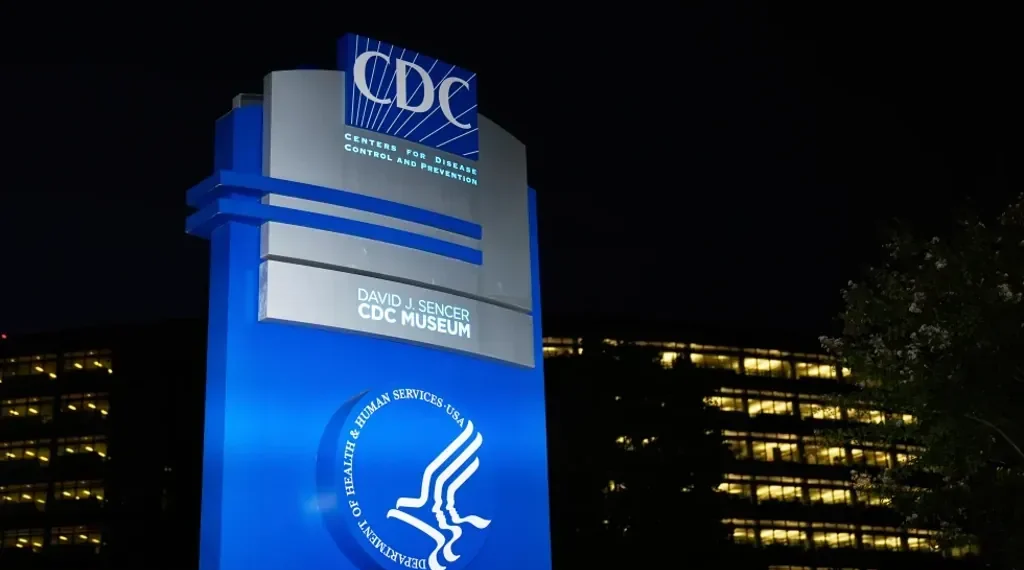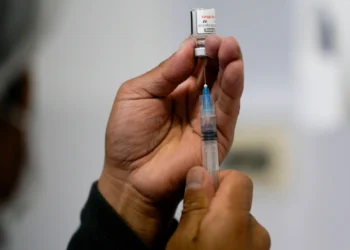Drug-Resistant ‘Nightmare Bacteria’ Cases Surge Across the United States
Published: September 24, 2025, 08:00 EDT
Drug-resistant bacterial infections labeled as “nightmare bacteria” are climbing rapidly in the United States, according to new research from the Centers for Disease Control and Prevention (CDC). Cases linked to the NDM gene, a strain particularly resistant to treatment, have risen sharply since 2019, raising concerns among health experts about limited treatment options and potential community spread.
Rising Threat of Antibiotic Resistance
The CDC has reported that infections from carbapenem-resistant bacteria increased nearly 70% between 2019 and 2023. Of particular concern are cases involving bacteria carrying the NDM gene, which rose more than fivefold during the same period, according to an article published in the Annals of Internal Medicine.
Researchers noted that only two antibiotics remain effective against these infections. Both treatments require intravenous administration, and they are costly, creating additional challenges for patients and healthcare providers.
Once Rare, Now Spreading in the U.S.
Previously considered rare and often linked to patients receiving medical treatment abroad, NDM-related infections are now being detected more frequently within the United States. Although the total case numbers remain relatively low, experts warn that the steep rise indicates a dangerous trend.
“The rise of NDMs in the U.S. is a grave danger and very worrisome,” said David Weiss, an infectious disease researcher at Emory University, in an email statement.
CDC researchers also cautioned that many individuals may carry the bacteria without showing symptoms, increasing the risk of community transmission.
Everyday Infections Becoming Harder to Treat
The implications of the spread are broad. Infections once considered routine—such as urinary tract infections—could become harder to treat and potentially develop into long-term health issues.
“This means illnesses that doctors used to treat easily could become chronic problems,” explained Dr. Maroya Walters, one of the report’s co-authors.
How Antibiotic Resistance Develops
Antimicrobial resistance occurs when bacteria or fungi evolve to resist the effects of drugs designed to kill them. A major driver of resistance is the misuse of antibiotics—such as not completing prescribed treatments or taking medications unnecessarily—which allows microbes to survive and grow stronger.
In recent years, the CDC has repeatedly raised alarms about “nightmare bacteria” that resist carbapenems, a last-resort class of antibiotics used to treat severe infections.
Data Highlights from the CDC Report
The CDC analyzed data from 29 U.S. states that conduct testing and reporting for carbapenem-resistant bacteria. In 2023, those states recorded 4,341 cases of carbapenem-resistant bacterial infections. Of these, 1,831 cases were tied to the NDM gene.
Overall, the rate of carbapenem-resistant infections rose from just under 2 cases per 100,000 people in 2019 to more than 3 per 100,000 in 2023—a 69% increase. However, NDM-related cases increased more dramatically, from about 0.25 per 100,000 people to roughly 1.35 per 100,000—representing a 460% surge.
The report did not include information on patient outcomes, such as deaths associated with these infections.
Possible Link to the COVID-19 Pandemic
Some experts believe the rise may be linked to the COVID-19 pandemic, which saw a surge in antibiotic prescriptions.
“We know that there was a huge surge in antibiotic use during the pandemic, so this likely is reflected in increasing drug resistance,” said Dr. Jason Burnham, a researcher at Washington University, in an email response.
Gaps in Testing and Reporting
The CDC emphasized that its findings may underestimate the true scope of the problem. Not all states conduct thorough testing, and many hospitals lack the capacity to detect certain types of genetic resistance. Even in states that do participate, testing often occurs only among patients already critically ill.
Notably, the latest analysis did not include data from several of the nation’s largest states—California, Florida, New York, and Texas—further suggesting the national totals are likely higher.
“This means the absolute number of U.S. infections is definitely underestimated,” Burnham added.
A Continuing Pattern
This is not the first warning from public health officials. In June 2024, the CDC released a report highlighting an increase in NDM cases specifically in New York City between 2019 and 2024.
Experts say the latest nationwide data reinforces the urgent need for stronger surveillance, responsible antibiotic use, and continued investment in developing new treatments.
This article was rewritten by JournosNews.com based on verified reporting from trusted sources. The content has been independently reviewed, fact-checked, and edited for accuracy, neutrality, tone, and global readability in accordance with Google News and AdSense standards.
All opinions, quotes, or statements from contributors, experts, or sourced organizations do not necessarily reflect the views of JournosNews.com. JournosNews.com maintains full editorial independence from any external funders, sponsors, or organizations.
Stay informed with JournosNews.com — your trusted source for verified global reporting and in-depth analysis. Follow us on Google News, BlueSky, and X for real-time updates.












